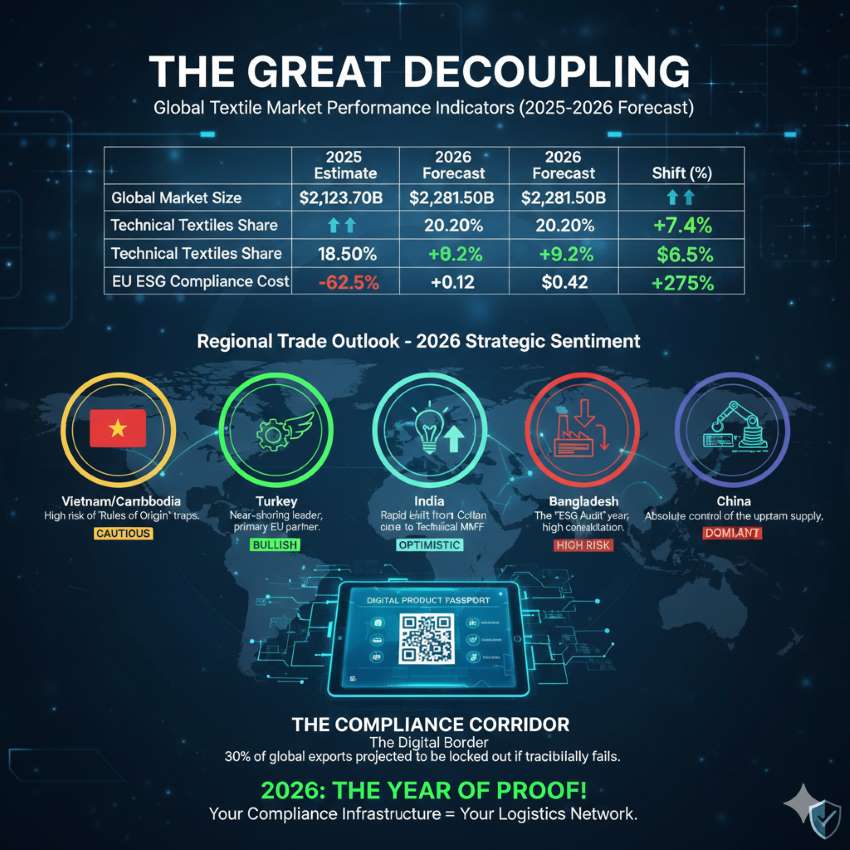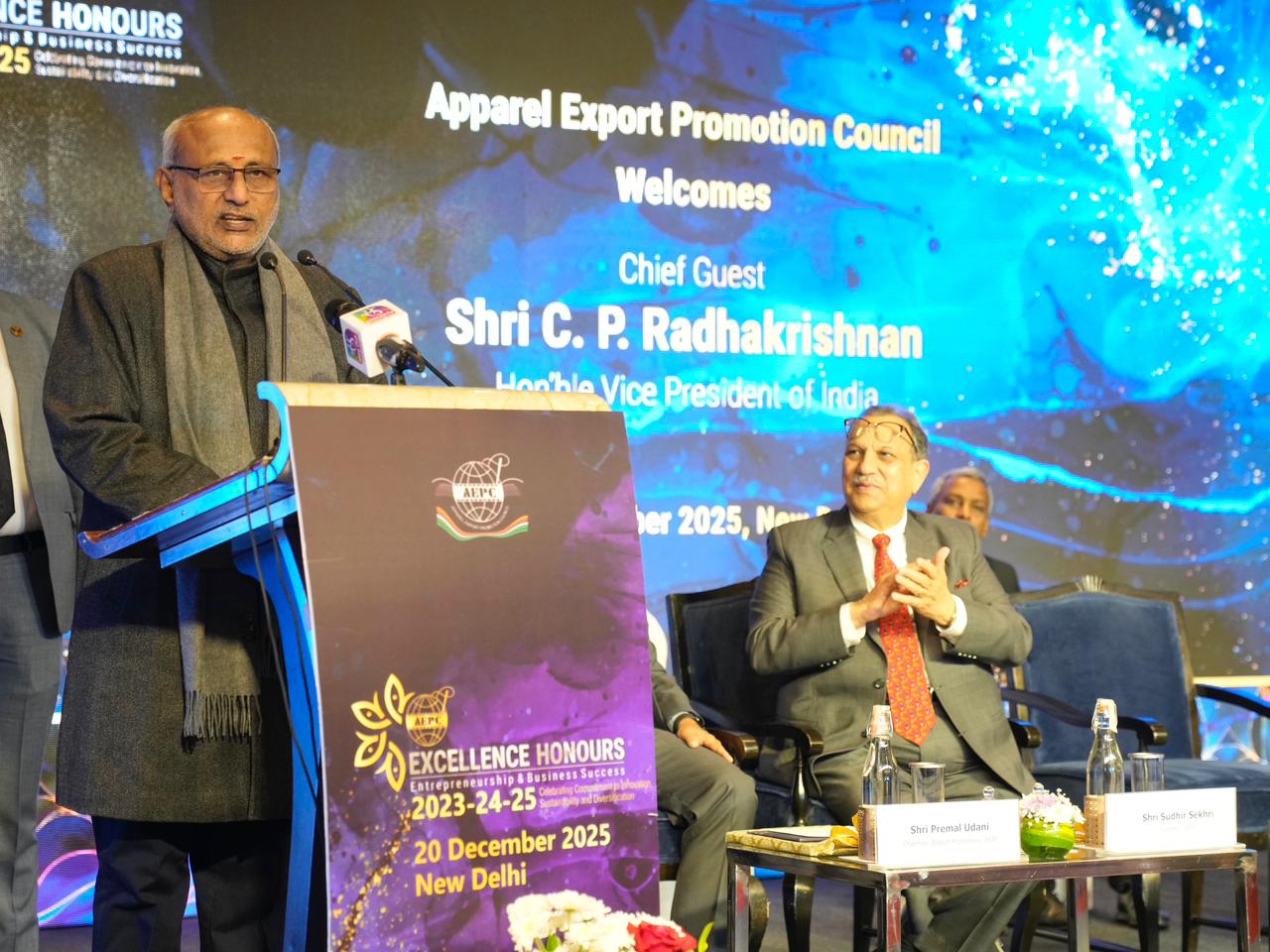Garment products dominate across all textile businesses, with sports apparel, textiles for garments and fast fashion topping the growth applications leader board.
This data was collected throughout 2017 at FESPA events and from association members in Europe, Eurasia, Mexico, Brazil, Thailand and South Africa. Respondents include screen print businesses with a focus on textile applications, dedicated textile producers and direct-to-garment businesses.
Digital adoption for textile is slower than in other segments and production is still dominated by analogue processes across all textile-related segments.
Among printers focused on textiles, 56 per cent have made digital investments, and 19 per cent plan to do so in the next two years, aiming to reap the benefits of reduced time to market, customised creative collections, prototyping, and a positive impact on the environment by reducing water and energy consumption.
Production speed is an investment priority for 69 per cent of textile respondents, and 55 per cent want the ability to print directly onto untreated materials. These investments are motivated by brand owner demand for time-sensitive production that delivers supply chain improvements such as waste reduction, optimises response to seasonal peaks and enables local delivery.
Screen and textile printers expect digital’s contribution to textile printing revenues to grow by 12 per cent in the next two years.
Garment products dominate textile businesses at FESPA
- 1
- 2
- 3
- 4
- 5
- 6
- 7
- 8
- 9
- 10
The Great Decoupling: The global play and regional and country trade outlook
This feature marks the second article in our exclusive series, "Wrap Up 2025 | Outlook 2026," where we dissect the... Read more
The Global Trade Landscape- Sourcing Reset, Resilience, Revolution: Macro driver…
The Great Pull-Forward: A 2025 retrospective The global textile and apparel industry spent much of 2025 in a state of hyper-vigilance.... Read more
Amazon built a $79 bn apparel empire, now it must learn to be a brand
For over a decade, Amazon has reigned over American fashion with a formula built on convenience, scale, and aggressive pricing.... Read more
India’s T&A sector navigates a "Mixed Bag" first half in FY26
The Indian textile and apparel industry is currently weathering a period of complex recalibration. According to the latest Wazir Textile... Read more
Techtextil 2025: Mapping India’s transition to a global hub for value-added tech…
The conclusion of the 10th edition of Techtextil India in Mumbai marks a definitive transition for the country’s textile landscape,... Read more
China Wave returns to Pitti Uomo 109: Bridging the gap from global factory to de…
The landscape of international menswear is witnessing a structural shift as the ‘China Wave’ initiative returns to the 109th edition... Read more
The Second Life of 3D: Why this tech is more alive than ever in fashion
The fashion industry is no stranger to cycles of hype and disillusionment, and 3D technology has been no exception. At... Read more
VP Radhakrishnan urges modernization and FTAs as India’s apparel exports surge 1…
Highlighting the textile sector's role as India's second-largest employer, Vice President C. P. Radhakrishnan called for a strategic push toward... Read more
Indian Rupee’s Breach of 90: A double-edged equation reshaping India’s ‘Fiber-to…
The Indian rupee’s historic slide past the ₹90.43 per dollar mark in late 2025 has forced a fundamental recalibration across... Read more
Can cotton duty relief blunt US 50% tariff hit on Indian apparel?
The Confederation of Indian Textile Industry (CITI) has issued a high-stakes call to the government, asserting that the permanent removal... Read more












